First published in 2011, The Most Important Thing is Howard Marks’ summaries of the most important philosophies of successful investing. This book is more about mind-set than it is about analytical processes. I can’t remember who recommended this book to me but I loved it so much more than I was expecting to.
When describing this book to someone, I would say that it feels like a follow-up to the Benjamin Graham books about value investing, but this is in a much cleaner, easy to follow writing style. I would categorize The Most Important Thing as the sequel to Intelligent Investor by Graham.
When it comes to philosophy and mindset of value investing, this is the book that you need to read. There are a lot of great books on the subject, but this book summarizes the topic in an easy to follow and categorically organized structure.
Here’s a quote I remember seeing before I read this book from Warren Buffet:
"When I see memos from Howard Marks in my mail, they're the first thing I open and read. I always learn something." ~ Warren Buffet
Contrary to the title, this book is about many “most important things” in investing.
This book is also on my list of the best books for investors.
About the Author

Howard Marks is a renowned American investor, and co-founder and co-chairman of Oaktree Capital Management, which has over $80 billion under management. Marks' investment philosophy is well known and highly respected in the investing community, with a focus on risk management and understanding the market cycle.
In this book, Marks recalls memos that he wrote to his clients and investors over the years. These memos form the core of this book, and are used to paint a picture of what Marks was thinking at the time and how his philosophies held up to the test of the Dot-Com Bubble and the Financial Crisis.
About this book in his own words:
“I didn’t set out to write a manual for investing. Rather, this book is a statement of my investment philosophy. I consider it my creed, and in the course of my investing career it has served like a religion. These are the things i believe in, the guideposts that keep me on track. The messages I deliver are the ones I consider the most lasting. I’m confident their relevance will extend beyond today… You’ll find I spend more time discussing risk and how to limit it than how to achieve investment returns. To me, risk is the most interesting, challenging and essential aspect of investing.” ~ Howard Marks
Marks likes to say “Experience is what you get when you didn’t get what you wanted. Good times teach only bad lessons: that investing is easy, that you know its secrets, and that you needn’t worry about risk. The most valuable lessons are learned in tough times.” He emphasizes that he was “fortunate” to live through and learn from some very tough investing times:
- Arab oil embargo, stagflation, Nifty Fifty stock collapse and “death of equities” of the 1970’s
- Black Monday in 1987, when the Dow Jones Industrial Index lost 22.6 percent of it’s value in one day
- The 1994 spike in interest rates that put rate-sensitive debt instruments into freefall
- The emerging market crisis, Russian default and meltdown of Long-Term Capital Management in 1998
- The bursting of the tech-stock bubble in 2000-2001
- The accounting scandals of 2001-2002
- And the worldwide financial crisis of 2007-2008
The Global Financial Crisis
The financial crisis of 2007-2008 is referenced quite a bit in this book. Marks’ investing philosophies that he was preaching in his memos around 2003-2005 showed how he handled the crisis and avoided the destruction that so many fund managers went through. He admits that he was early in predicting the economic crash, and being too early caused him to miss out on much of the 2005-2007 bull run. His defensive style of investing is perfectly summarized in this book, and by following this mind-set the next inevitable market downturn can be profitable instead of disastrous.
Chapters
I’m going to do a brief summary of the first 3 chapters which are also covered in different aspects throughout the book. These are Second Level Thinking, Market (In)Efficiency, and Value. These are also the topics that I really thought were the most beneficial to reread and really dig into. But here’s a list of all the chapters so you can see what topics are covered in this book:

Second Level Thinking
The first chapter, and one that this book pretty much circles around, is Marks’ thoughts on Second Level Thinking. He considers successful investing as being able to consistently beat the markets’ average returns. There are very few investors that are able to achieve the superior insight, intuition, sense of value, and awareness of psychology that is required to consistently beat the markets.
First-level thinking is straightforward and superficial, often involving a simple opinion about future outcomes. For example, a first-level thinker might believe a company’s stock will rise because analysts have a favorable outlook on the company.
In contrast, second-level thinking is far more complex and nuanced. It requires considering multiple factors and questions, such as:
- What are all the possible scenarios that could play out?
- Which outcome is most likely?
- How confident am I in this prediction?
- What does the general market believe?
- How does my view differ from the market consensus?
- Does the current price reflect the consensus view, and how does it align with mine?
- Is the market sentiment overly optimistic or pessimistic?
- What will happen to the asset price if the consensus is wrong and I’m right?

There’s a massive difference in workload between first-level and second-level thinking, and not many are capable of the latter or even clearly understand the existence of second-level thinking. This is the reason many people think investing is easy.
“First-level thinkers look for simple formulas and easy answers. Second-level thinkers know that success in investing is the antithesis of simple.” ~ Howard Marks
Understanding Market Efficiency
This chapter talks about the efficient market hypothesis and how market prices reflect consensus opinion of a given asset. The efficient market theory also explains that there’s no such thing as investing skill that would enable someone to beat the market because the assets are priced according to all relevant information already. This would mean that all the difference in returns from one portfolio to another would be attributed to differences in risk. (Risk is something Marks covers extensively in this book)
But the consensus does occasionally make errors, and it takes someone with an edge in either information or analysis, or both, to achieve superior results. When an asset isn’t showing any inefficiencies with your own analysis, move on to a more inefficient asset.
“The key turning point in my investment management career came when I concluded that because the notion of market efficiency has relevance, I should limit my efforts to relatively inefficient markets where hard work and skill would pay off best.”~ Howard Marks, The Most Important Thing
Second level thinkers depend on inefficiency in the markets. But where do these inefficiencies, or errors, come from? You have to think about it this way: for every person that mistakenly sells too cheap or buys too high, there is someone on the other side of that trade that has considered the value in making the trade, or they just happen to be lucky, or both. Take advantage of the opportunity when it is there.

To beat the market you must hold a nonconsensus view.
“I agree that because investors work hard to evaluate every new piece of information, asset prices immediately reflect the consensus view of the information's significance. I do not, however, believe the consensus view is necessarily correct. In January 2000, Yahoo sold at $237. In April 2001 it was at $11. Anyone who argues that the market was right both times has his or her head in the clouds; it has to have been wrong on at least one of those occasions.”~ Howard Marks, The Most Important Thing
I love Marks’ portrayal of the efficient market theory with this little anecdote of the efficient-market-believing finance professor who takes a walk with a student:
"Isn't that a $10 bill lying on the ground?" asks the student.
"No, it can't be a $10 bill," answers the professor. "If it were, someone would have picked it up by now."
The professor walks away, and the student picks it up and has a beer.

Value
For a value investor, price has to be the starting point. No asset is so good that it can’t be a bad investment if it’s bought at too high of a price. So for value investing, the investor needs to gauge the security’s underlying intrinsic value, and then buy or sell when the price diverges from that value.
So according to Marks, a value investor should be looking for a tangible asset that has an intrinsic value capable of being ascertained or calculated, and then purchased when the opportunity presents itself in the form of a price below this intrinsic value. The emphasis in Marks’ style of value investing is on tangible factors like hard assets and metrics such as earnings, cash flow, dividends, and enterprise value. Value investors buy these stocks or assets out of conviction that the current value is high relative to the current price.
“Value investors score their biggest gains when they buy an underpriced asset, average down unfailingly and have their analysis proved out. Thus, there are two essential ingredients for profit in a declining market: you have to have a view on intrinsic value, and you have to hold that view strongly enough to be able to hang in and buy even as price declines suggest that you’re wrong. Oh yes, there’s a third: you have to be right.” ~ Howard Marks

In this chapter he explains all the differences in Value Investing vs Growth Investing. Marks gives great analysis in comparing the two, but he can be summarized by noting that growth investing is about the future and value investing is about the current day situations.
“It seems to me, the choice isn’t really between value and growth, but between value today and value tomorrow. Growth investing represents a bet on company performance that may or may not materialize in the future, while value investing is based primarily on analysis of a company’s current worth." ~ Howard Marks
The Most Important Thing
Howard Marks' investment wisdom distilled into timeless principles for thoughtful investors. Learn the contrarian thinking, risk assessment, and market psychology that made Oaktree Capital legendary. Essential reading for understanding what truly drives investment success beyond just picking stocks.
View on AmazonMy Thoughts on The Most Important Thing
I can't emphasize enough how much I enjoyed this book. If I'm writing a summary on this site about a book, then I most likely enjoyed it enough to take the time and write this out. These summaries are more for myself to come back to than anything else. But this book really hit home for me. I've been a day trader for quite awhile and an investor, but after having a baby recently and stuck away from my office more, I'm putting a higher percentage of my cash into investments. Value investing is something that I started with and then quickly moved more toward Growth investing and day trading. Value investing is where I'm trying to get back to and this book will become my new Value Investing Bible.
This book doesn't really teach what to invest in. It teaches how to invest. I'll continue doing my research to find investment ideas, but then I will keep these lessons from The Most Important Thing in the forefront of my mind before I make any final transactions.
Similar Book Summary: Beyond Greed & Fear
If you've made it this far, you should check out my summary and review of Beyond Greed and Fear by Hersh Shefrin. It's another psychology and mind-set of investing book.

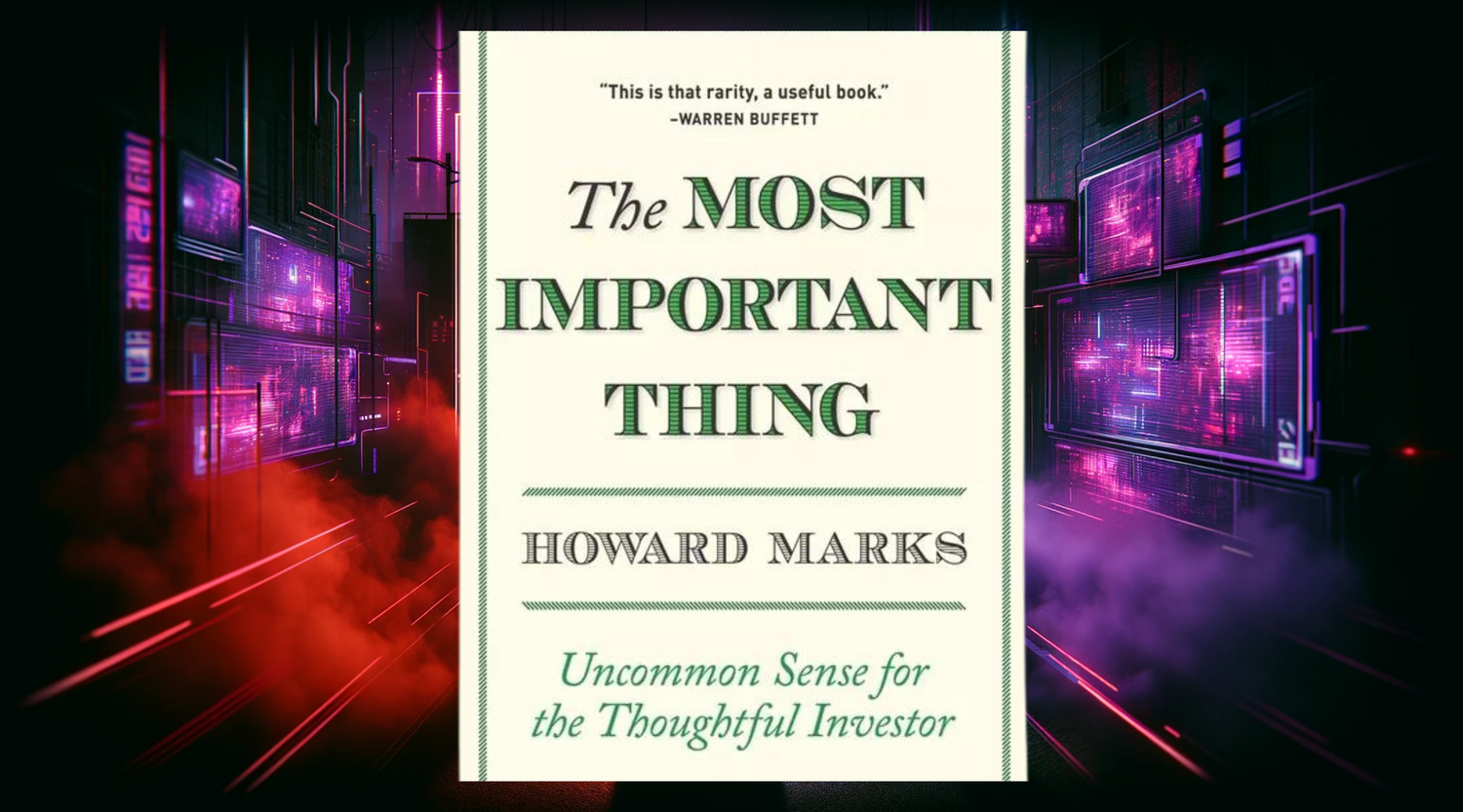



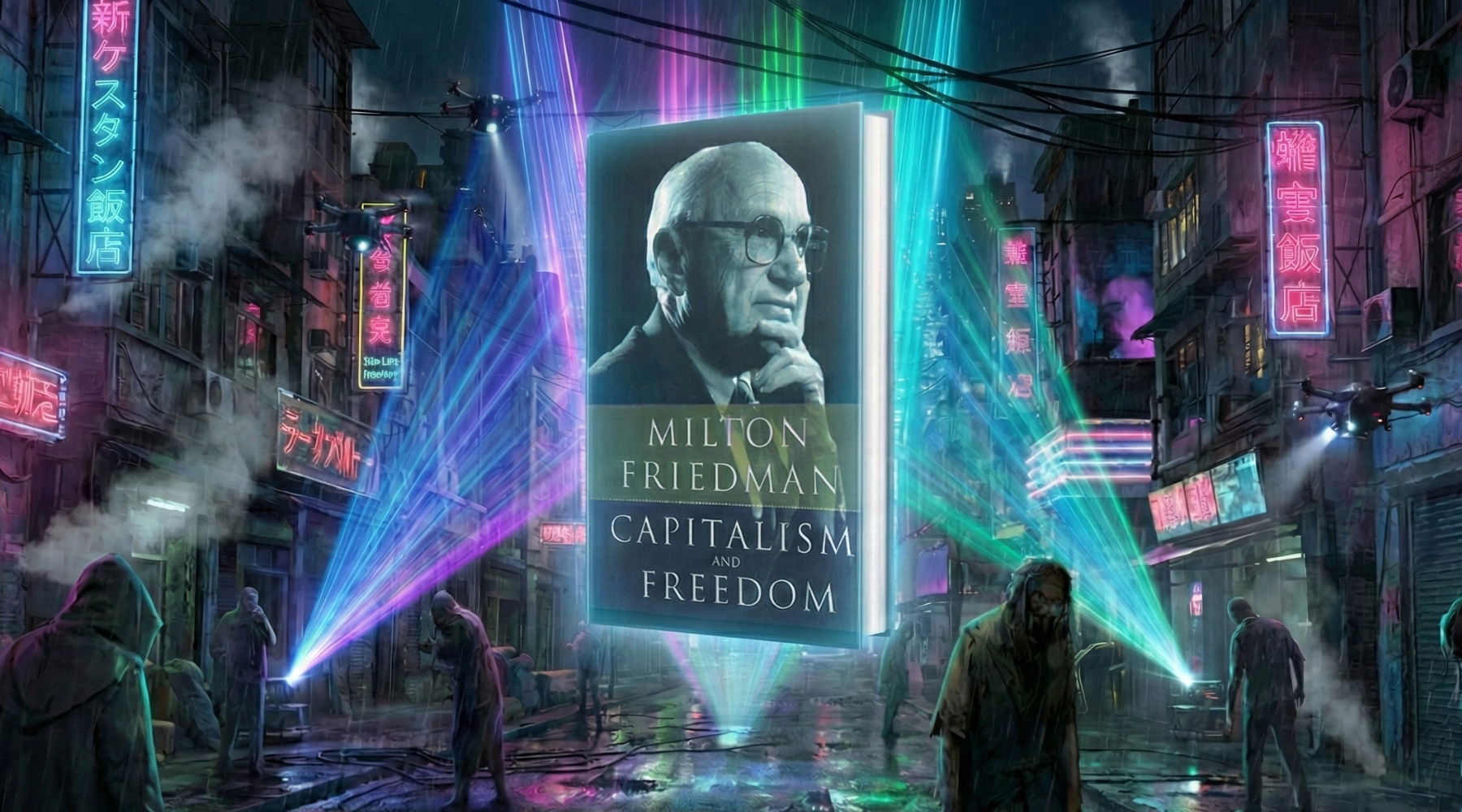
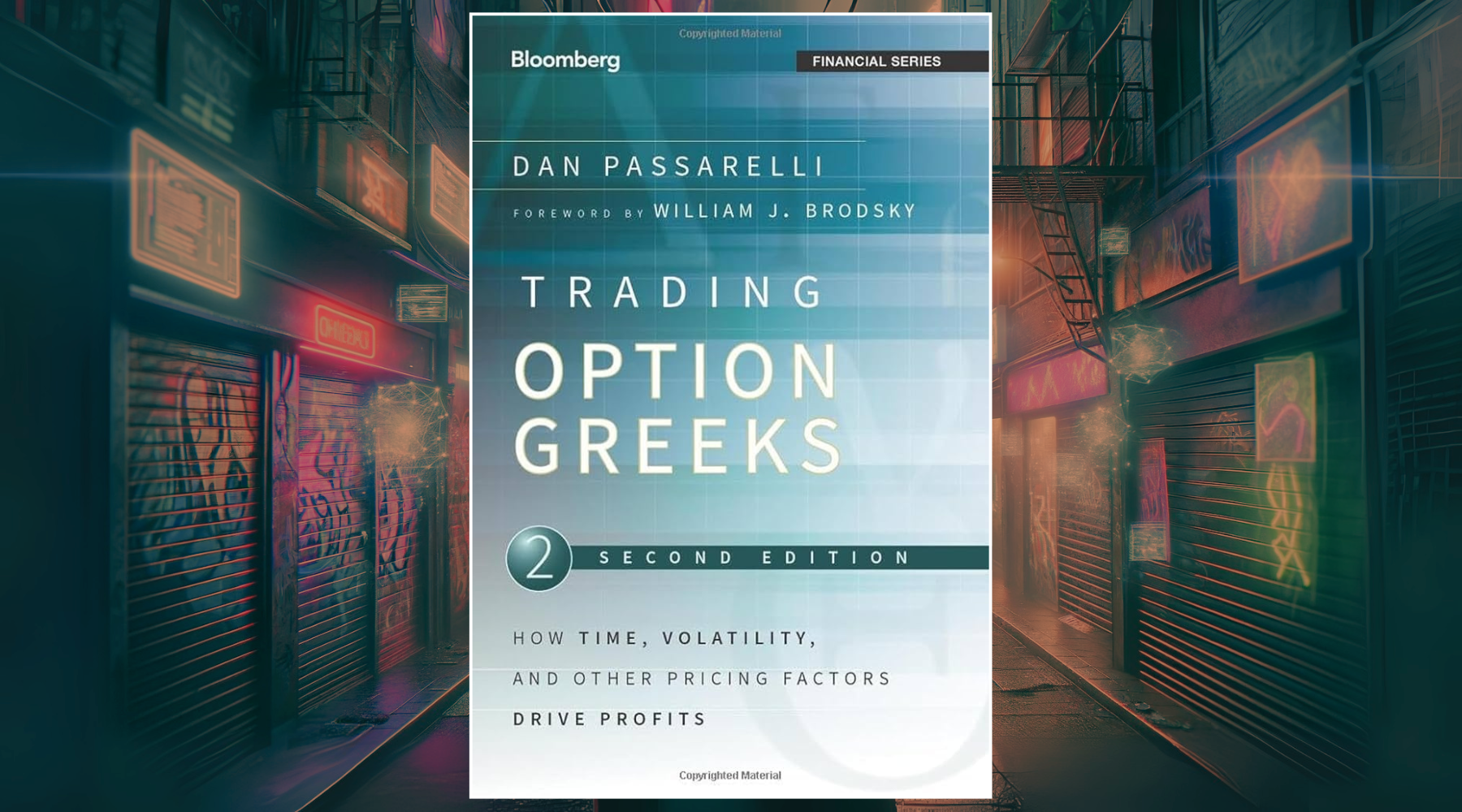

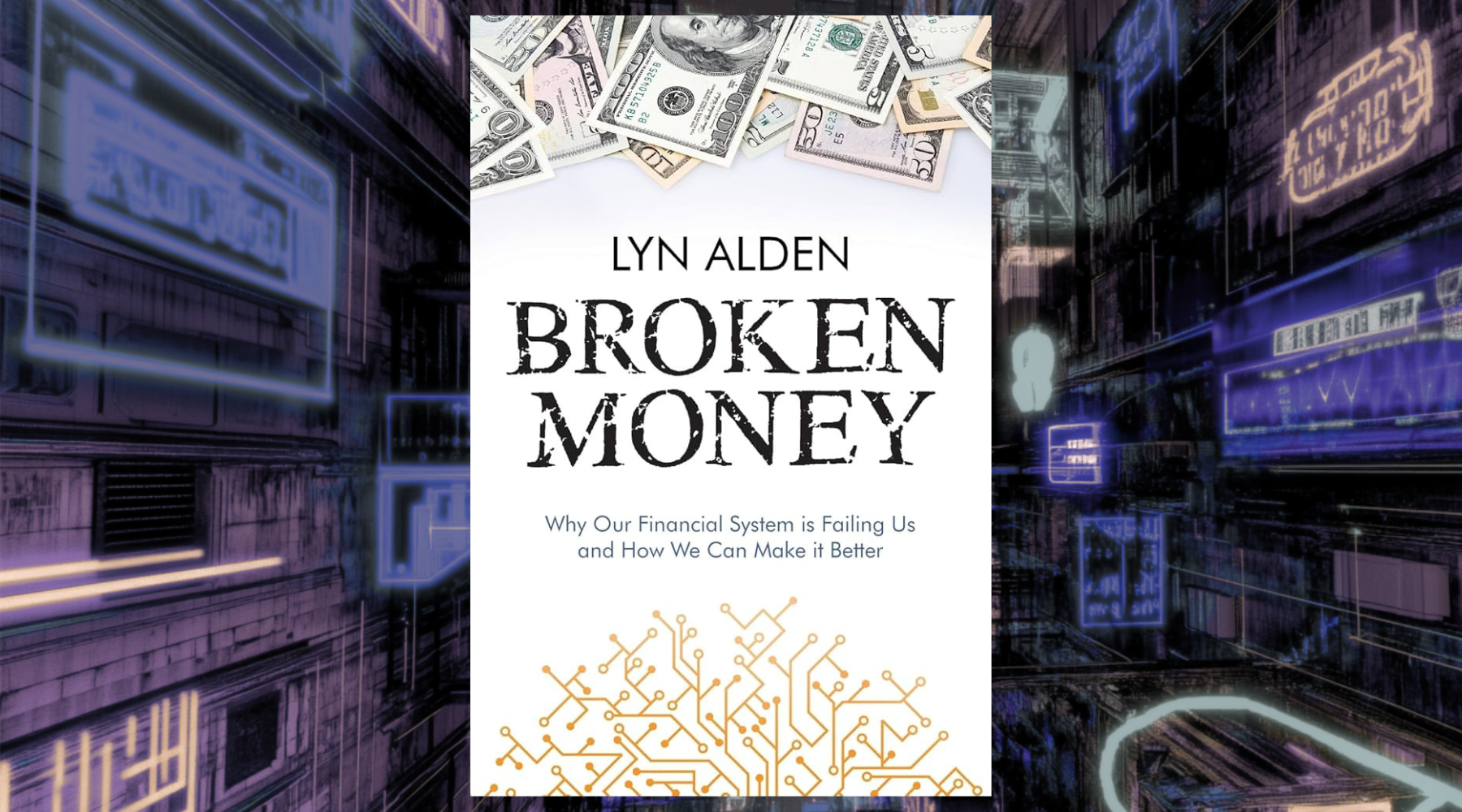
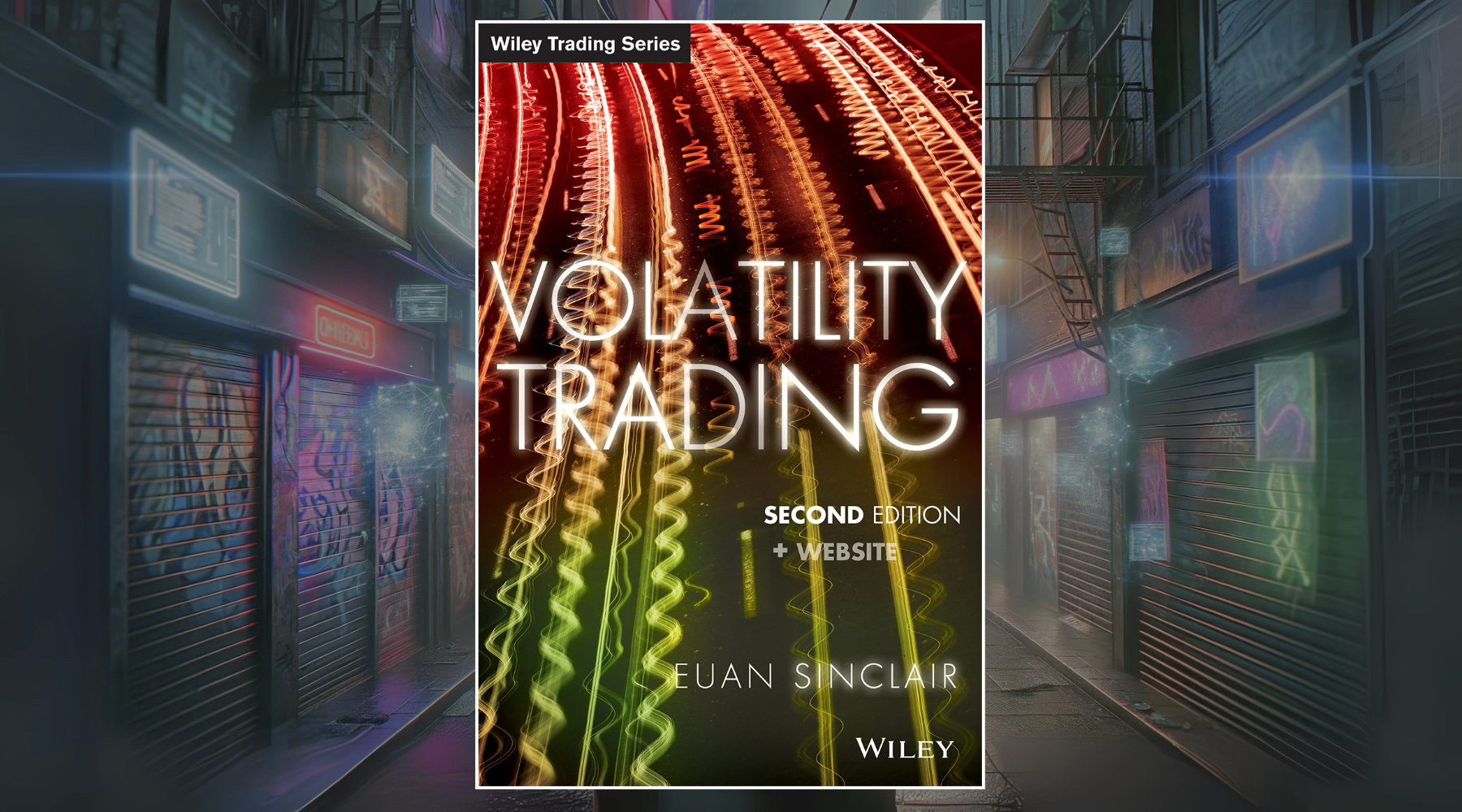
Leave a comment
This site is protected by hCaptcha and the hCaptcha Privacy Policy and Terms of Service apply.